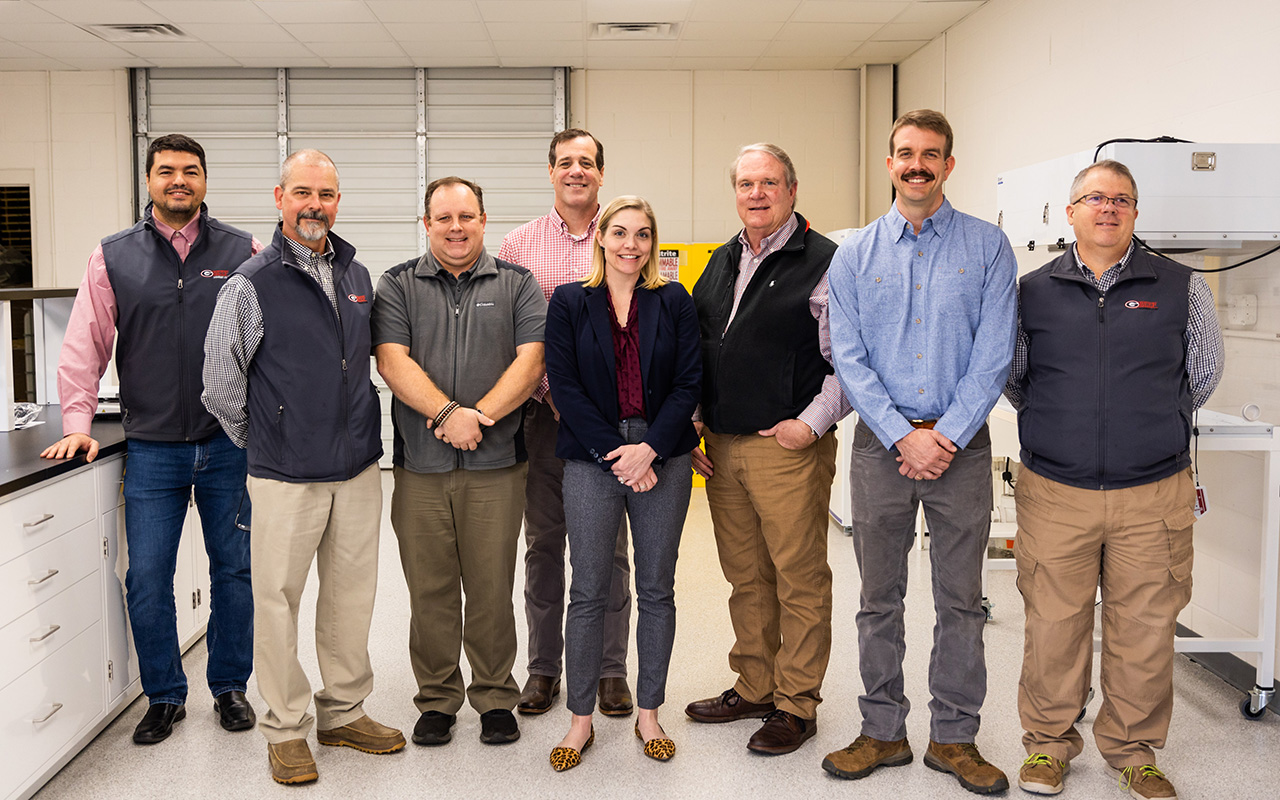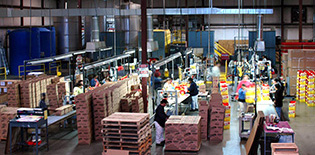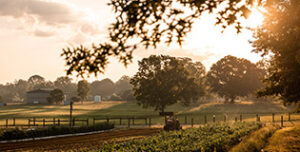University of Georgia’s College of Agricultural and Environmental Sciences (CAES) and Kelly Products (KPI) have launched an in-depth study of beef cattle’s microbiome and its effect on our environment. KPI owner, Keith Kelly, graduated from CAES with a degree in agricultural economics and has since worked to build a business centered around agriculture. KPI now includes brands in the industries of food, outdoor products, business consulting services, and regulatory software.
Combining newly innovative DNA sequencing technology with the knowledge and expertise of UGA’s Department of Animal and Dairy Sciences (ADS), we hope to better understand the true potential of the microbiome in these ruminant species. The goal is to both improve the health and efficiency of the animals while also working to make a positive impact on the environment.
Methane emissions from ruminant livestock (which have a unique digestive system designed to better use plant energy) are significantly contributing to the environmental impact of agriculture.
What’s the primary focus of this partnership and research? The main goals are reducing methane emissions while improving the feed efficiency of cattle and other ruminants.
The Research
It’s no secret that microbiome research in humans and animals has expanded in recent years thanks to improved technology and lower costs. The methane produced from cattle is a byproduct of the fermentation that takes place in one of their stomach chambers, the rumen. The microorganisms living in the rumen produce enzymes that aid in the digestion of fibrous plants, helping cattle convert the food they eat into energy, but are also the main culprit of methane emissions.
If we can learn more about the microbiome of beef cattle, we can learn what microorganisms have a positive interaction with the animals, so we can both reduce methane emissions and increase feed efficiency.
Another major area of concern is the growing global demand for beef. Population growth means a greater demand for food. As we learn more about the microbiome of these incredible animals, our chances of enhancing the productivity of the cattle by increasing growth while decreasing feed costs, and reducing the emission of greenhouse gas all improve.

The Technology
The teams leading this microbiome project will use the latest technology to conduct their research at a dedicated microbiome lab at Kelly Products. The MiSeq DNA sequencing equipment may allow us to more economically test feed efficiency in thousands of cattle populations across the U.S. cattle population. It’s extremely important to test as large of a group as possible to ensure the precision of the data. Based on the findings, both teams will begin developing strategies for improvements in feed efficiency and productivity of the cattle’s microbiomes.
Researchers will also use two GreenFeed systems, purchased by KPI, and located at the Animal and Dairy Science Department’s Double Bridges Farm, to directly measure the greenhouse gases produced by these cattle. This system is designed to measure and log data for gas fluxes of methane and carbon dioxide of these cattle, as well as oxygen release and will be combined with equipment to measure feed and water intake. All will be vital for understanding how the microbiomes can reach peak performance and improve the bottom line for ranchers while improving the environment.
The MiSeq equipment allows for targeted sequencing and gene profiling, both of which will be extremely important data in the development of recommended strategies for the improvement of the health and efficacy of these animals. By learning more about the microbiome and how these animals break down nutrients in the rumen, researchers will gain a better understanding of how to help the cattle use the carbon their body produces for good—good for the environment, good for their livelihood, and good for consumption.
The Outcome
“Our driving hope is to leave the world better than we found it. It’s exciting to think that this microbiome research may produce solutions for better feed efficiency and reduced greenhouse gas emissions, two of the biggest challenges facing the beef industry today,” shares Kelly.
Researchers hope that the discovery and addition of this microbiome information will lead to more cattle that excel in feed efficiency. Unlocking the full potential of the cattle microbiome will open doors for those in the industry. We can hope to see growing cattle farms, innovative feed formulations, and a smaller environmental footprint.
For more information on this project, please reach out to us.


